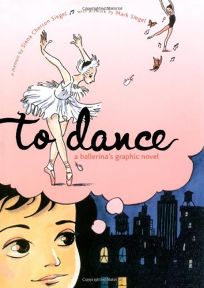Listed below are selected teacher resources, picture books, and chapter books related to creation and origin stories in Indigenous literature and education.
Vous trouverez ci-dessous une sélection de ressources pour enseignants, de livres d’images et de livres à chapitres liés aux récits de création et d’origine dans la littérature et l’éducation indigènes.
Teacher Resources (Ressources pour les enseignants)
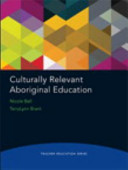 Culturally Relevant Aboriginal Education,
Culturally Relevant Aboriginal Education,
by Nicole Bell & Terrylynn Brant
Niveau scolaire (Grade level): K – 12
Provides teacher candidates and in-service teachers with relevant information to help them integrate Aboriginal, First Nations, Métis, and Inuit content, customs, and traditions into the classroom, providing students with a broader perspective of Canada and its population.
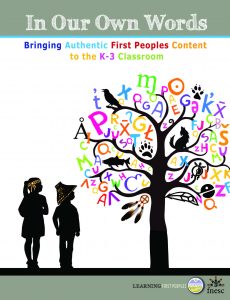 In our own words: Bringing authentic First Peoples content to the K-3 classroom,
In our own words: Bringing authentic First Peoples content to the K-3 classroom,
by the First Nations Education Steering Committee
Niveau scolaire (Grade level): Kindergarten – 3
This resource provides an array of ideas and suggestions that can be applied in whole or in part to incorporate First Peoples content into a K-3 classroom. By using this resource and remaining open to respectful dialogue and consultation with members of the local First Peoples communities, teachers will benefit their students and expand their own comfort with this material. Also available online. See also Authentic First Peoples resources: For use in K-7 classrooms.
Picturebooks
 Minegoo Mniku: the Mi’Kmaq Creation Story of Prince Edward Island,
Minegoo Mniku: the Mi’Kmaq Creation Story of Prince Edward Island,
retold and illustrated by Sandra L. Dodge; translated by Georgina Francis
Niveau scolaire (Grade level): Kindergarten – 3
A long time ago, the Great Spirit created all of the sky and stars but it wasn’t enough. He then made a beautiful place called Minegoo, a place so beautiful that he almost placed it amongst the stars. He decided that instead, he would place Minegoo in the most beautiful spot on earth. He summoned Kluskap and asked him to find this spot. After searching the whole world, Kluskap found the Shining Waters, the spot in the Gulf of St. Lawrence that would be home of the Mi’kmaq people created in his own image.
by Paula Ikuutaq Rumbolt; illustrated by Lenny Lishchenko
Niveau scolaire (Grade level): 1 – 3
In very early times, there was no night or day and words spoken by chance could become real. When a hare and a fox meet and express their longing for light and darkness, their words are too powerful to be denied.
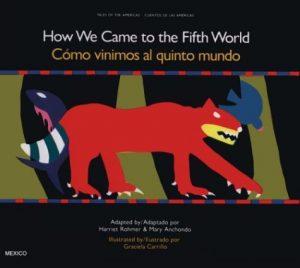 How we came to the fifth world : a creation story from ancient Mexico,
How we came to the fifth world : a creation story from ancient Mexico,
adapted by Harriet Rohmer & Mary Anchondo; revised by Harriet Rohmer & Rosalma Zubizarreta; illustrated by Graciela Carrillo
Niveau scolaire (Grade level): 3 – 4
An Aztec myth recounting the creation and destruction of the world by the deities of the four great elements. Retold and revised in both English and Spanish.
by Michelle Corneau, illustrated by Monica Wysotski
Niveau scolaire (Grade level): 2 – 4
A long time ago, the world was just water – there was no land! Then a curious woman fell from the sky world and with the help of the birds and animals created a land to live on. This Kanyen’kehà:ka (Gan-yeh-ga-ha-ga) story is about the origin of the land where we live today. The Kanyen’kehà:ka is one of Six Nations that together are the Haudenosaunee. Part of the Kanyen’kehà:ka series.
by Roy Goose & Kerry McCluskey; illustrated by Soyeon Kim
Niveau scolaire (Grade level): Kindergarten – 2
Sukaq loves to drift off to sleep listening to his mother tell him stories. His favourite story is the tale of how a raven created the world. But this time, as his mother begins to tell the story and his eyelids become heavy, he is suddenly whisked away on the wings of the raven to ride along as the entire world is formed!
by Roy Henry Vickers & Robert Budd; illustrated by Roy Henry Vickers
Niveau scolaire (Grade level): Préscolaire – 12 (PreK-12)
On British Columbia’s northwest coast lies the Sacred Headwaters–the source of three of British Columbia’s largest salmon-bearing rivers. These rivers are the source of life for all creatures in the area. But what gave life to the rivers themselves?
by Roy Henry Vickers & Robert Budd; illustrated by Roy Henry Vickers
Niveau scolaire (Grade level): 3 – 7
In a time when darkness covered the land, a boy named Weget is born who is destined to bring the light. With the gift of a raven’s skin that allows him to fly as well as transform, Weget turns into a bird and journeys from Haida Gwaii into the sky. There he finds the Chief of the Heavens who keeps the light in a box. By transforming himself into a pine needle, clever Weget tricks the Chief and escapes with the daylight back down to Earth.
by Alethea Arnaquq-Baril, illustrated by Alethea Arnaquq-Baril and Daniel Gies
Niveau scolaire (Grade level): Kindergarten – 6
A retelling of a traditional Inuit story that explains the origin of the narwhal, an arctic whale known for its distinctive spiral tusk, while cautioning listeners against the dangers of seeking revenge.
Chapter Books
 The trail of Nenaboozhoo and other creation stories,
The trail of Nenaboozhoo and other creation stories,
by Bomgiizhik (Isaac Murdoch) & Christi Belcourt
Niveau scolaire (Grade level): 8 – 12
This collection of oral stories presents legends of Nenaboozhoo along with other creation stories that tell of the adventures of numerous beloved animal spirits. The Trail of Nenaboozhoo is a book of art and storytelling that preserve the legends of the Anishinaabe people. Each story is accompanied by strikingly beautiful illustrations by revered Indigenous artists Isaac Murdoch and Christi Belcourt.
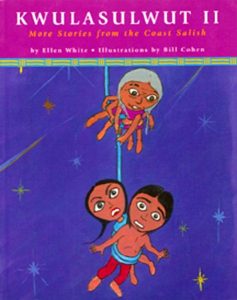 Kwulasulwut II : Salish creation stories,
Kwulasulwut II : Salish creation stories,
by Ellen White; illustrations by Bill Cohen
Niveau scolaire (Grade level): K – 6
A traditional storyteller from the Coast Salish of British Columbia recounts four tales from the heritage of her people.
This is Ellen White’s sequel to Kwulasulwut: Stories from the Coast Salish. The new volume features four more freshly written and translated English versions of traditional Salish legends adapted for children.
by Brian Young
Niveau scolaire (Grade level): 3 – 7
When Nathan goes to visit his grandma, Nali, at her mobile summer home on the Navajo reservation, he knows he’s in for a pretty uneventful summer, with no electricity or cell service. Still, he loves spending time with Nali and with his uncle Jet, though it’s clear when Jet arrives that he brings his problems with him.
 How things came to be: Inuit stories of creation,
How things came to be: Inuit stories of creation,
by Rachel Qitsualik-Tinsley & Sean Qitsualik-Tinsley; illustrated by Emily Fiegenschuh & Patricia Ann Lewis-MacDougall
Niveau scolaire (Grade level): 2 – 4
Shares eight classic Inuit creation stories from the Baffin region. From the origins of day and night, thunder and lightning, and the sun and the moon to the creation of the first caribou and source of all the Arctic’s fearful storms, this book recounts traditional Inuit legends in a poetic and engaging style.
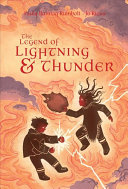
The legend of lightning & thunder,
by Paula Ikuutaq Rumbolt; illustrated by Jo Rioux
Niveau scolaire (Grade level): 2 – 4
Two siblings steal from their fellow villagers and in an attempt to escape punishment they escape to the sky as lightning and thunder. This illustrated traditional legend weaves together elements of an origin story and a traditional cautionary tale, giving young readers an accessible window into centuries-old Inuit mythology that is specific to the Kivalliq region of Nunavut.
by Leah Marie Dorion
Niveau scolaire (Grade level): 4 – 6
A beautiful traditional Métis story about the creation of the moon. How did Mother Earth and Grandmother Moon come to be named as they are? Do you know why you have the name you were given? Part of the Strong Stories: Métis series.
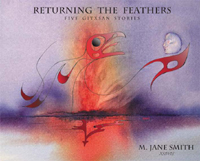 Returning the Feathers: Five Gitxsan stories,
Returning the Feathers: Five Gitxsan stories,
by M. Jane Smith; illustrated by Ken N. Mowatt
Niveau scolaire (Grade level): 3 – 6
Returning the Feathers includes four traditional stories: the origin of the Gitxsan people; how the blue jay and the mosquito came to live in northwestern BC; and the time when the porcupine first discharged its quills. The fifth in the anthology is an original story, inspired by the appearance of an egret at the author’s smokehouse. These stories serve to connect the author to her ancestors, and give readers a taste of the rich cultural heritage of the Gitxsan people.
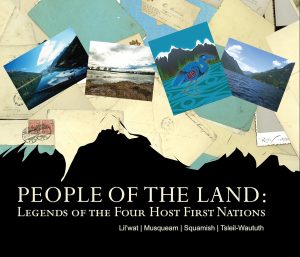 People of the land: Legends of the four host First Nations,
People of the land: Legends of the four host First Nations,
by Johnny Abraham & other contributors
Niveau scolaire (Grade level): 4 – 9
An anthology of the sacred legends of the four host First Nations, the Lil’wat, Musqueam, Squamish and Tsleil-Waututh. Legends included range from creation stories to naming stories and are accompanied by maps and photographs of the four host First Nations. Also includes artwork representing the ancestral voices of the legends and paying tribute to each nation.
Trouver d’autres ressources
Voici quelques conseils pour trouver d’autres ressources dans ce domaine :
- Sur la page principale du site de la bibliothèque de l’UBC, utilisez la boîte de recherche générale pour rechercher des matériaux à travers toutes les succursales de la bibliothèque de l’UBC.
- Pour limiter vos résultats aux matériels disponibles à la Bibliothèque de l’éducation, visitez le site web de la Bibliothèque de l’éducation et effectuez une recherche à l’aide de la case “Search Education Resources” située dans la bande à gauche de l’écran.
- Remarque : les ressources étant principalement cataloguées en anglais, les termes ci-dessous donnent généralement plus de résultats que les recherches effectuées en français. Vous pouvez filtrer votre liste de résultats par langue dans la barre latérale de gauche.
- Utilisez des termes de recherche spécifiques, tels que
- “first nations”, “indigenous”, “aboriginal”, “musqueam”, “legends”, ou “legends AND british columbia AND juvenile literature”
- Pour trouver des plans de cours, incluez “lesson plans”, “lesson planning”, or “activity programs” dans vos termes de recherche.
Finding More Resources
To find more resources in this area, try the following:
- Search using the General tab on the UBC Library website to look for material in all UBC Library branches.
- Search using “Search Education Resources” box in the left hand bar on the Education Library website to limit your results to physical materials in the Education Library.
- Use specific search terms, such as
- “first nations”, “indigenous”, “aboriginal”, “musqueam”, “legends”, and “legends AND british columbia AND juvenile literature”
- To find lesson plans, include “lesson plans”, “lesson planning”, or “activity programs” in your search terms.

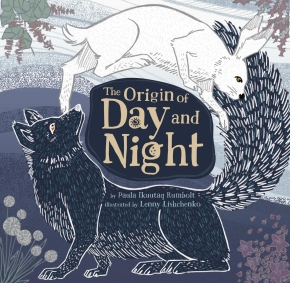
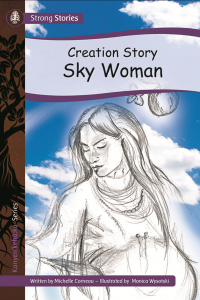
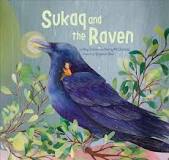
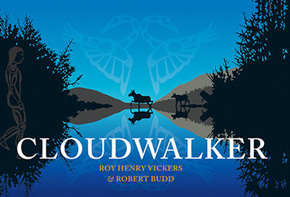

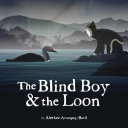

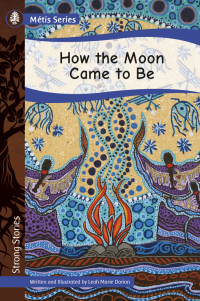

 Integrating the arts across the elementary school curriculum
Integrating the arts across the elementary school curriculum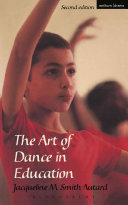
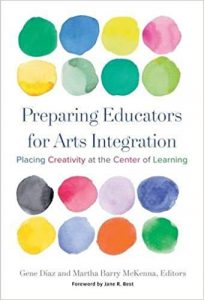 Preparing educators for arts integration: Placing creativity at the center of learning
Preparing educators for arts integration: Placing creativity at the center of learning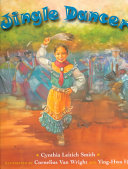 Jingle dancer
Jingle dancer Dancing in the wings
Dancing in the wings Flora and the flamingo
Flora and the flamingo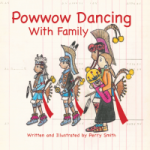
 Swan: The life and dance of Anna Pavlova
Swan: The life and dance of Anna Pavlova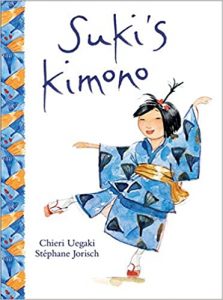 Suki’s kimono
Suki’s kimono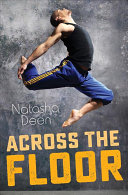 Across the floor
Across the floor Spin the sky
Spin the sky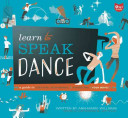 Learn to speak dance: A guide to creating, performing, and promoting your moves
Learn to speak dance: A guide to creating, performing, and promoting your moves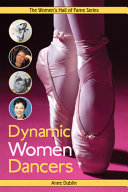 Dynamic women dancers
Dynamic women dancers